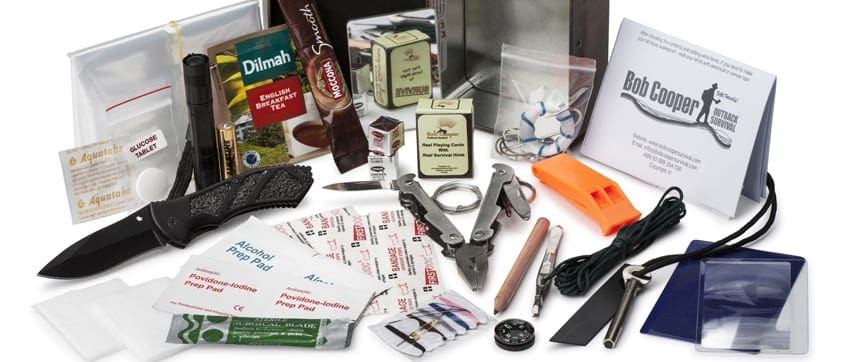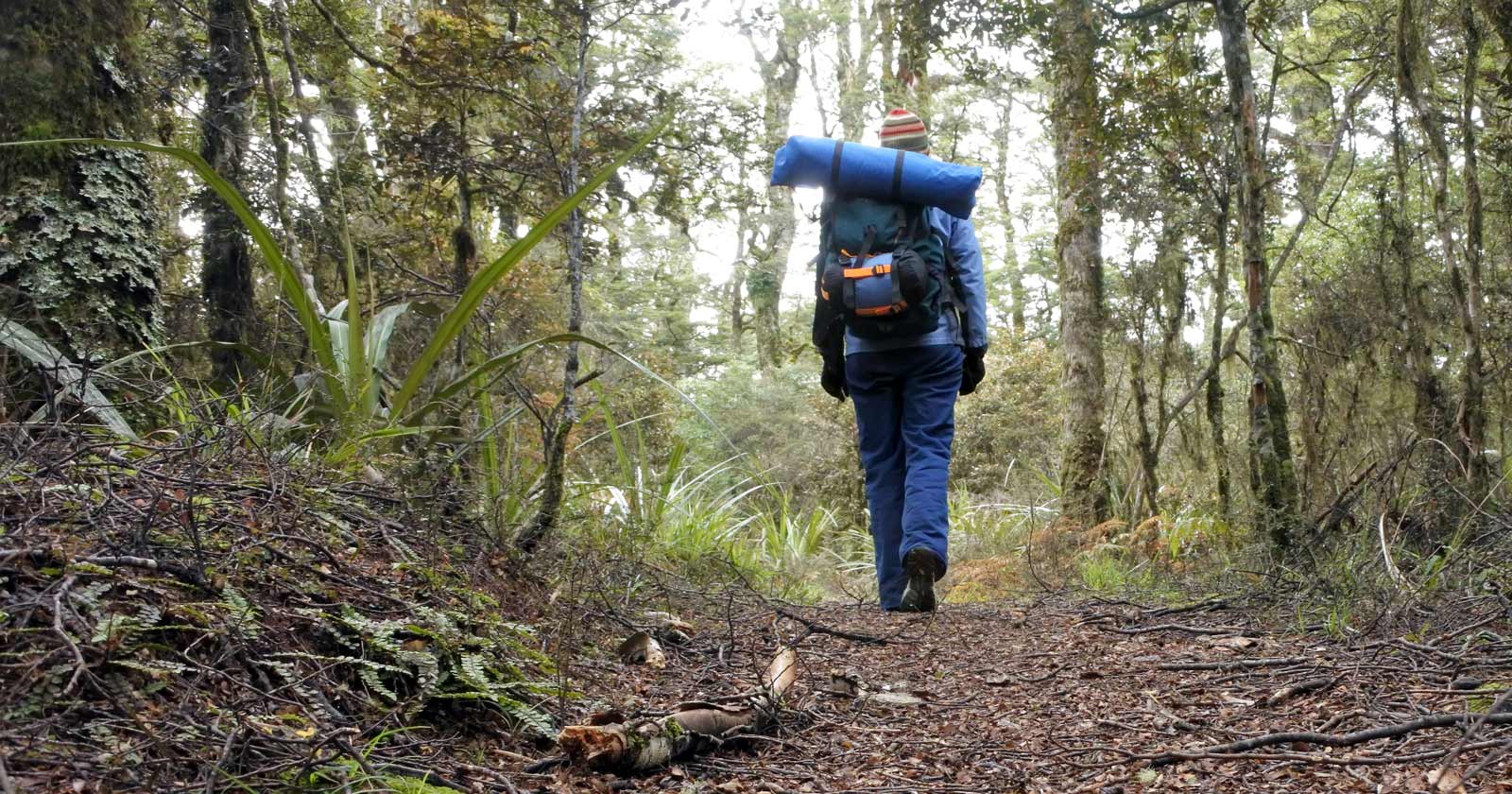There is a common misconception that snakes are “aggressive” or malevolent, however most public opinion is misguided by films and media, which depict snakes as actively seeking out human flesh to bite and inject their incredibly toxic venom. This is simply not the case; most if not all human bites are a self-defence reaction.
According to statistics found on www.bobcoopersurvival.com the old adage “its more scared of you, than you are of it” couldn’t ring more true, where 90% of the approximately 3000 bites a year in Australia are on people trying to catch the snake. So our first step to protecting ourselves from their lethal venom is to leave the snake alone.
Most Australian snakes prey on small animals like frogs, and rodents, and have not yet developed facilities for eating human limbs. Of the approximately 20 species of snakes in Australia that are dangerous to humans, they all belong to a family called Elapidae and are characterized by having hollow fixed fangs through which they inject venom. This family has an average venomous fang length of about 5mm. In very large snakes it is longer (e.g. a 2 metre King Brown can be 12 mm in length).
Because the Elapidae fangs are fixed and rearward facing the only way they can administer their poisonous bite is by opening their mouth wide this ensures the strike will be on target, then as soon as they first contact their target they instinctively snap their mouth shut. Considering the relatively short fang length and instincts attuned to hunting small game, often bites on humans result in successfully envenoming our trousers, clothing, boots or gaiters rather than our protected skin. This is the also the reason long furred cats and dogs often do not get envenomed when attacking snakes.
The pressure and immobilisation bandaging technique is extremely effective, and it is understood that no one has died in Australia once this had been applied in the first instance. You should treat all bites as serious and life threatening.
Note: These facts about snake bites are relevant for Australian snakes species and are intended as guidelines only.
Some facts about snakes in Australia
Varieties – Australia has some 140 species of land snake, and around 32 species of sea snakes have been recorded in Australian waters.
See, hear, smell – Whilst many snakes have excellent eyesight, their sense of smell is more vital. A snake’s main organ of smell is its forked tongue, which it flicks in and out of its mouth. The tongue picks up scent particles from the air and any objects it touches, and transfers them to two depressions in the roof of the mouth. These depressions are unique to reptiles and detect scents transferred to them from the tongue. A snake’s nostrils are only used for breathing.
Moving – Not having legs, snakes use waves of muscle contractions along their bodies to move. Movement is helped by the belly scales, which catch on any uneven surface. If the ground is very smooth, snakes find it difficult to move in any direction at all.
Sloughing (Shedding) – A snake sheds its skin between one and four times each year. It does this by rubbing the front of its head on a rough surface until the skin splits. The snake then slowly sloughs out of the skin, turning it inside out as it does so.
Following the Sun – Snakes are reptiles, which means they are ectothermic: they get their body heat from external sources. Endothermic animals, such as mammals and birds, regulate their body temperature internally. A snake’s body temperature – and so its level of activity – is controlled by the temperature of the air and the ground. It will try to maximise body heat by basking in the sun or lying on or near warm surfaces such as night-time roads or even, on occasion, household water heaters.
Population Decline – Snakes play an important role in many different types of ecosystems. However, their numbers are generally declining. Probable reasons for this include: Destruction of Habitat, Introduced predator animals, road-kill & the indiscriminate killing of snakes by people who fear or dislike them.
Living with Snakes
Snakes are not naturally aggressive and always prefer to retreat. They will only attack humans if hurt or provoked – most bites occur when people try to kill or capture snakes. If you come across a snake in the bush, just calmly walk the other way. If you find a snake in your home or garden and would like it removed, contact a licensed herpetologist.
For more information on Australian snakes head to Environment.nsw.gov.au
Author: Liam Arthur
Photos: Chris Hayward
Contributed by: Paddy Pallin

















Good stuff, only it kinda misses a couple of critical things that pretty much every snake info site misses: First, what do you do if bitten in the head or trunk? Obviously you’re not putting on a pressure bandage on them ;-). Second, especially since this site is for hikers, clearly if on a hike you’re not going to be able to keep still. Seems like the only option is to hike out quick and keep your fingers crossed despite the exertion. I’ve tried carrying people out before, even when I was young, strong and stupid. For sure that’s not gonna happen. As for calling for a chopper or carrying help; in Australia that’s going to take several hours at least. Lastly; a lot of sites mention that 90% of bites are from people (typically young males I’d bet) pestering the snake. Yet as the video shows it can happen to anyone, anytime you’re outside moving around, especially in spring when snakes are on the move seeking food after a long winter of estivation and there’s lots of young snakes who bite first and ask questions later. Anyone seen any beta on these points? Thx.